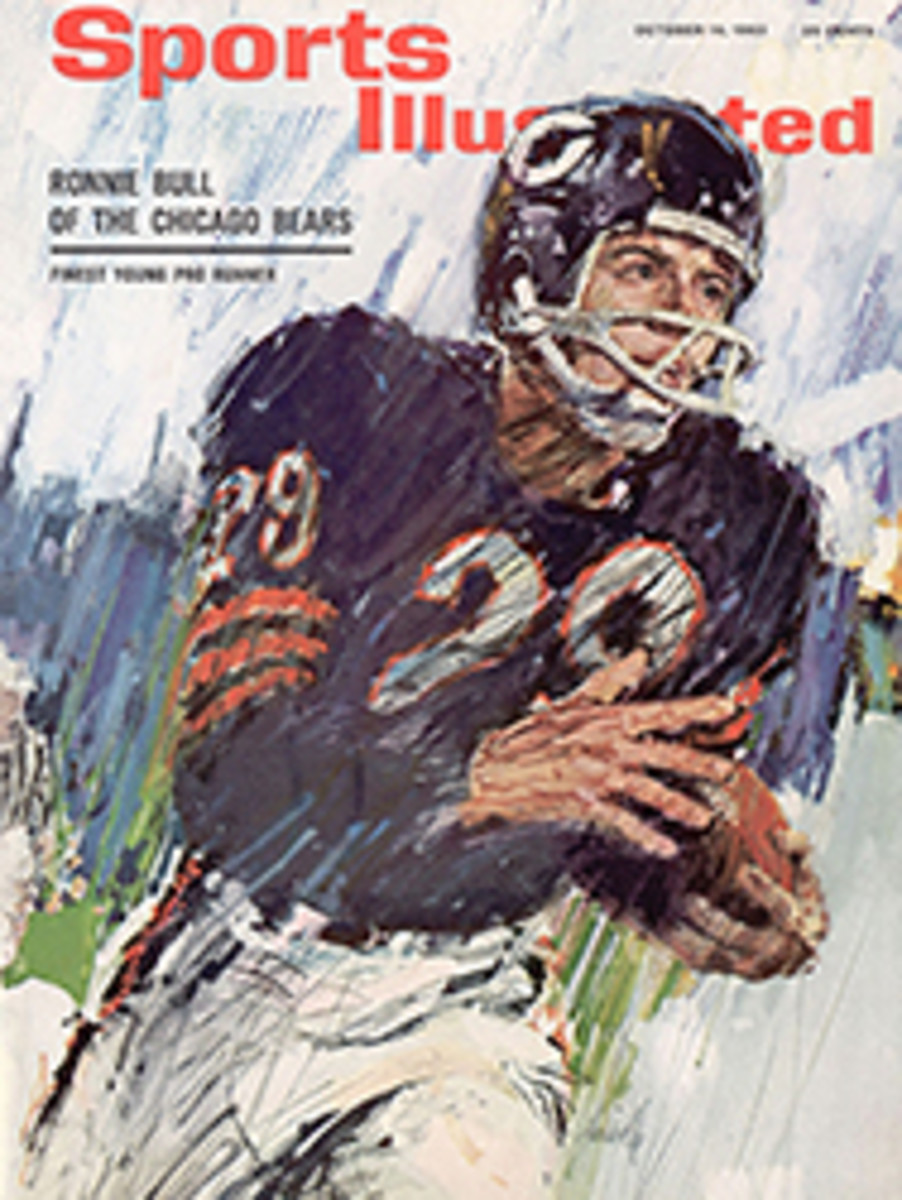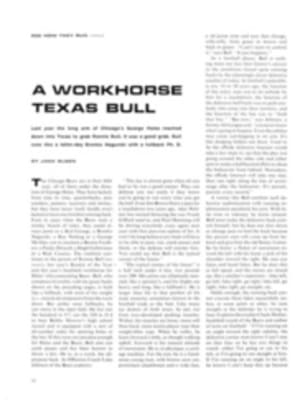
ANALYSIS BY AN EXPERT
Some people said the Yankees looked flat, that they had no life, that they seemed to be in a slump. Well, the Dodgers may have caught the Yankees when they were down, but you can't say they were in a slump. When pitchers like Koufax and Drysdale and Podres and Perranoski are in form you don't hit them. They can shut you out three days in a row. Great pitching smothers hitting, and great pitching is what made the Yankees look fiat. How many strikeouts were there? Koufax had 15 and then eight, there were five in the Podres game, Drysdale had nine—that's 37 in four games, more than nine a game. That's a lot of strikeouts, and strikeouts make a team look flat. No one moves up a base when a man strikes out. No one is running. Nobody scores. Nobody has to make a good fielding play. You look dead.
But it wasn't a dead Series. Losing four straight is pretty rough, but the Yankees didn't seem to be upset by the first game. Losing to a pitcher like Koufax doesn't shellshock a team. But the second game probably got them a little. In a short Series, when you lose the first two games, you get a little overanxious. You feel, damn! we got to do something.
Two bad breaks cost the Yankees the second and third games. One was when Maris fell down on that hit by Willie Davis, and the other was the ground ball Tommy Davis banked off Bobby Richardson's shin. That gave the Dodgers runs in the first inning. That puts you in a hole right away. Against that pitching you don't figure to score much. One run is a lot; two runs looks like a mountain.
And they had that bad break in the last game, too, when Pepitone dropped Boyer's throw but, even so, the pitching was far more important than the breaks. Look at it. There were breaks both ways. In the second game Podres tried to pick Tresh off first, and threw the ball away. I didn't understand why. With the Yankees behind 3-0 he wasn't going anyplace, not with Mantle up. But Podres got away with it when Mantle hit that long fly to left that Davis caught out near the bullpen. John used that big outfield.
In Drysdale's game two or three things happened that could have cost the Dodgers. Tracewski getting hung up off second was one. Richardson made a great play on Drysdale's grounder, and Roseboro held third to see if the ball was going through. Tracewski was eager to move to third, but he is supposed to watch that front-runner. He took them out of a rally.
In the same game in the eighth inning I was surprised when Gilliam tried to steal third and was thrown out. Now the Dodgers play a running game, and Alston gives Wills and Gilliam the green light to run anytime they want—but they'd already given up an out to get Gilliam to second, when Willie Davis sacrificed. Now you have him on second with your No. 4 and 5 hitters up. Why take a chance on stealing? The point I'm making is that the breaks went both ways, but the Dodger pitching was so strong that it overcame the breaks that went against them.
As a National League man I was rooting for the Dodgers. But I didn't think the Yankees were disgraced. They were in every game. It was a good Series to watch—better than 1960, for instance, when so many of the games were one-sided. It was more like 1961, when the Yankees beat us four games to one. In '61 the games were close all the way, except the last one, but we couldn't seem to win them. I went in to see Ralph Houk in the clubhouse after Drysdale shut them out, and when he saw me he grinned and said, "Hey, Hutch, stick around. I want to talk to you about that '61 Series." He knew I knew how he felt.
PHOTO

